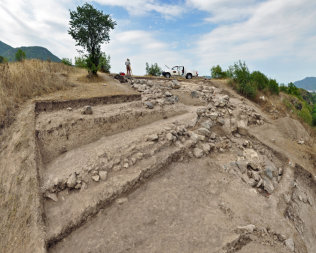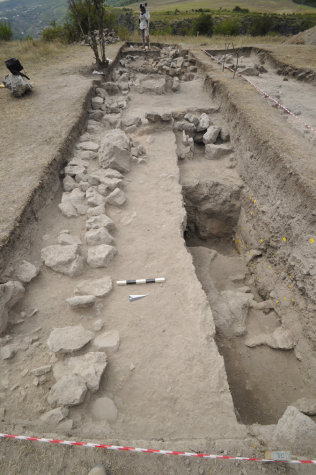Salt, Copper, Gold: Early Mining in the Caucasus
Contacts: Prof. Dr. Thomas Stöllner & Prof. Dr. Andreas Hauptmann
thomas.stoellner@rub.de
andreas.hauptmann@bergbaumuseum.de
The Caucasus was one of the most important ore-containing mountain ranges of the ancient world, or more specifically of the ancient Orient. As the country of the “Golden Fleece”, it includes the western part of Georgia, Colchis, a name synonymous, in ancient times, with an abundance of gold.
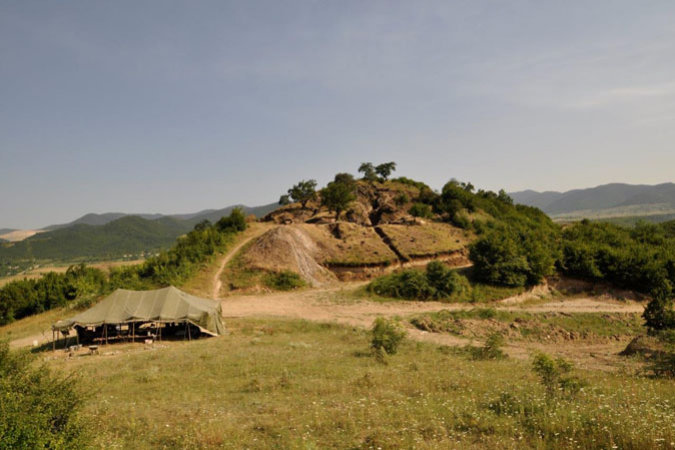
Fig. 01: Sakdrissi, one of humanity’s oldest known gold mines.
© Foto: Th. Rabsilber/ DBM
Abundance of Metals in the Caucasus
The giant Prometheus, the first ever “metallurgist”, was chained to the rocks of the Caucasus by the gods, and even today archaeologists are overwhelmed by the abundance of metals in the prehistoric find complexes in this region. The special features of the region include rich polymetallic deposits, and of course the abundance of gold found in antiquity. But even at the beginning of the Bronze Age, the precious metal had great economic and social significance.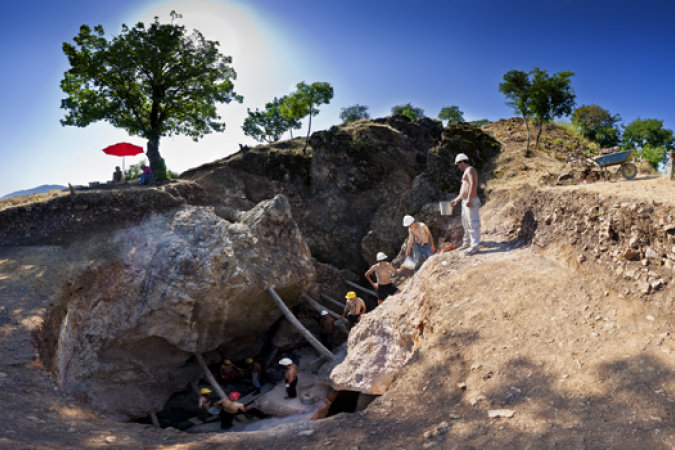
Fig. 02: Excavations of the areas above ground of the ancient gold mine lasted 10 years.
© Foto: K. Stange/ AVttention
Sakdrissi - One of Humanity’s Oldest Known Gold Mines
The gold mine of Sakdrissi lies about 50 km southwest of Tbilisi. Here, with funding from the Volkswagen Foundation, we carried out large-scale investigations from 2004 to 2011. In the first year one of the findings made during fieldwork was charcoal. Its position within the sequence of layers (stratigraphy) shows that the mine working dates back to the early third millennium BC. Further analyses confirm this age, and one sample even points to the second half of the 4th millennium – the time of the so-called Kura-Araxes culture. This makes Sakdrissi one of humanity’s oldest known gold mines.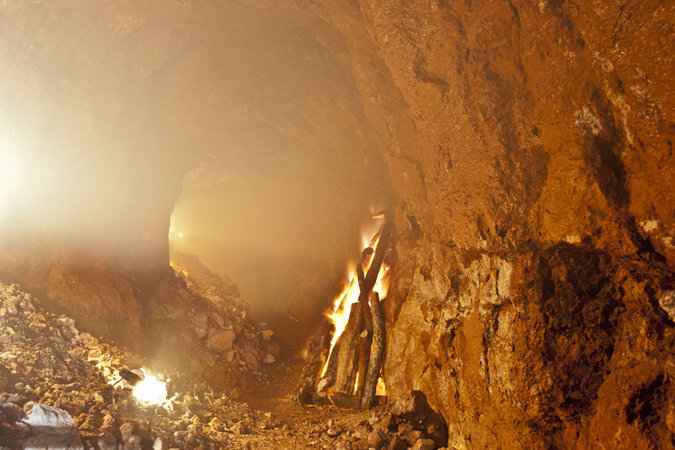
Fig.03: Gold mine of Sakdrissi, experimental research on fire-setting.
© Foto: K. Stange/ AVttention
Further Field Seasons
We continued to investigate this gold mine in several further field seasons (2005, 2007-2011). We also conducted extensive surveys in the area surrounding the gold mine to gain insights into the local settlement structures. In 2007 we discovered one of the largest early Bronze Age settlements in the Caucasus in Balitschi-Dzedzwebi; finds from industrial sites provide evidence of the processing of gold sand and other metallurgical activities.The project will also focus on geochemical laboratory tests to establish the origin of the Caucasian gold: we want to find out what economic significance the Sakdrissi deposit had in the 4th and 3rd millennia BC.
Collaboration between German and Georgian Archaeologists
The project is a collaboration between German and Georgian archaeologists, geoscientists and botanists: it includes a scientist exchange programme which primarily brings young Georgian scholars to Germany. These colleagues will study at the Ruhr University, working towards a master’s degree in prehistoric archaeology (raw materials archaeology and economic archaeology) and archaeometry. Dr Irina Gambaschidze will write a habilitation thesis on the earlier South Caucasian Metal Ages.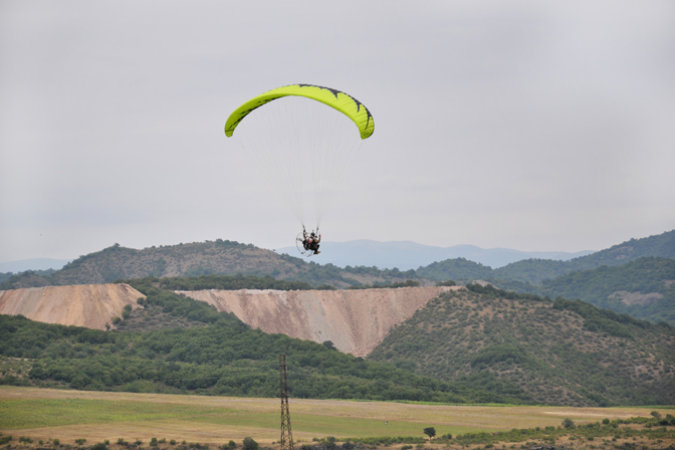
Fig. 06: Aerial photography of the site and the surrounding area.
© DBM/RUB, M. Schaich, Fa. ArcTron

